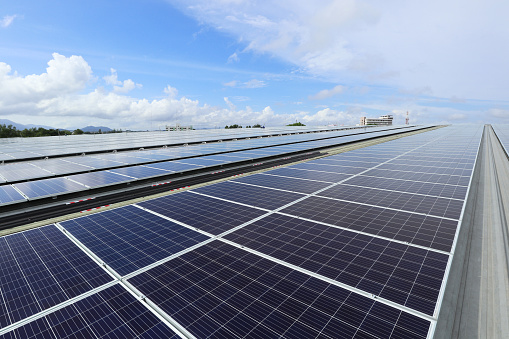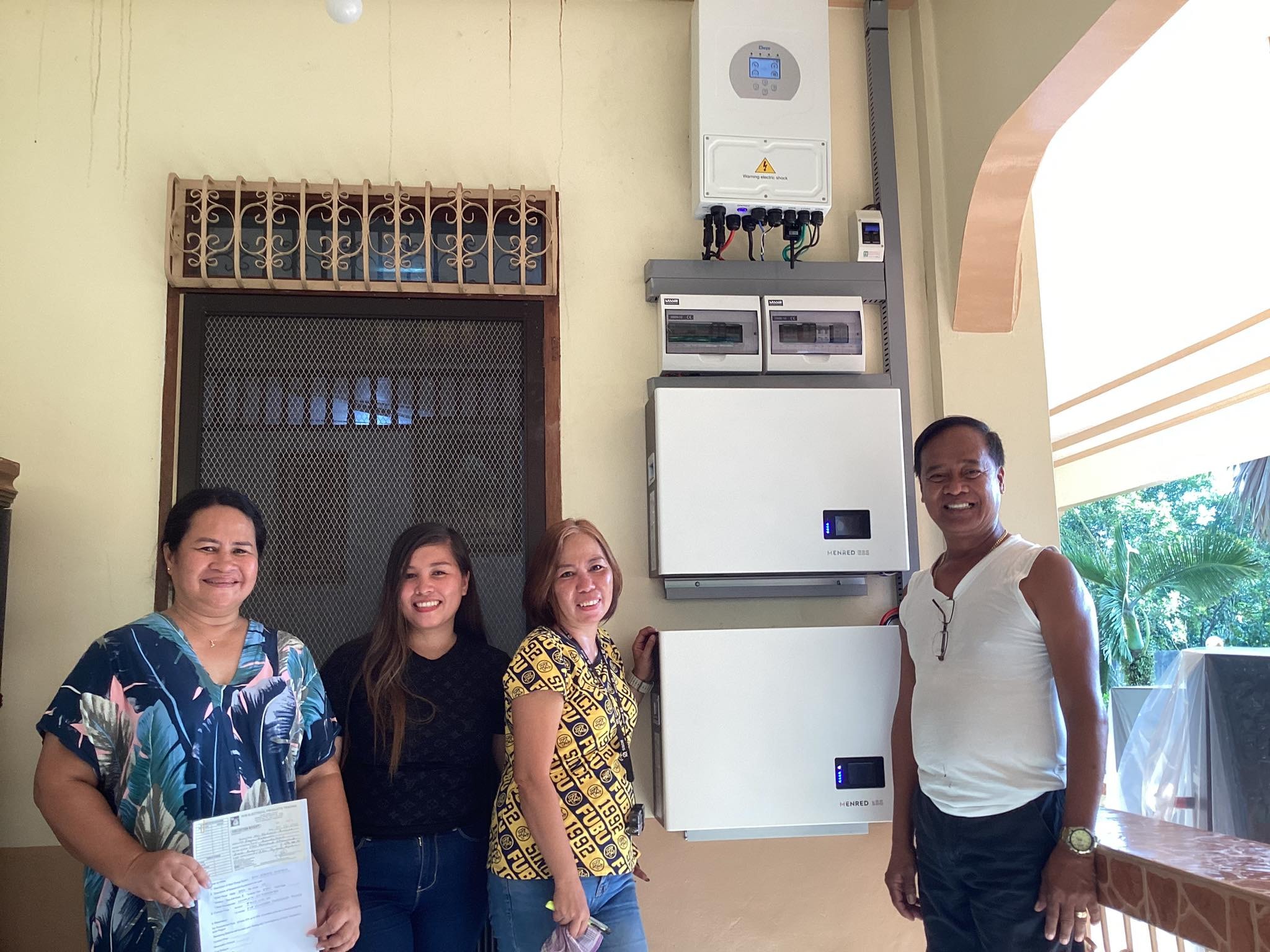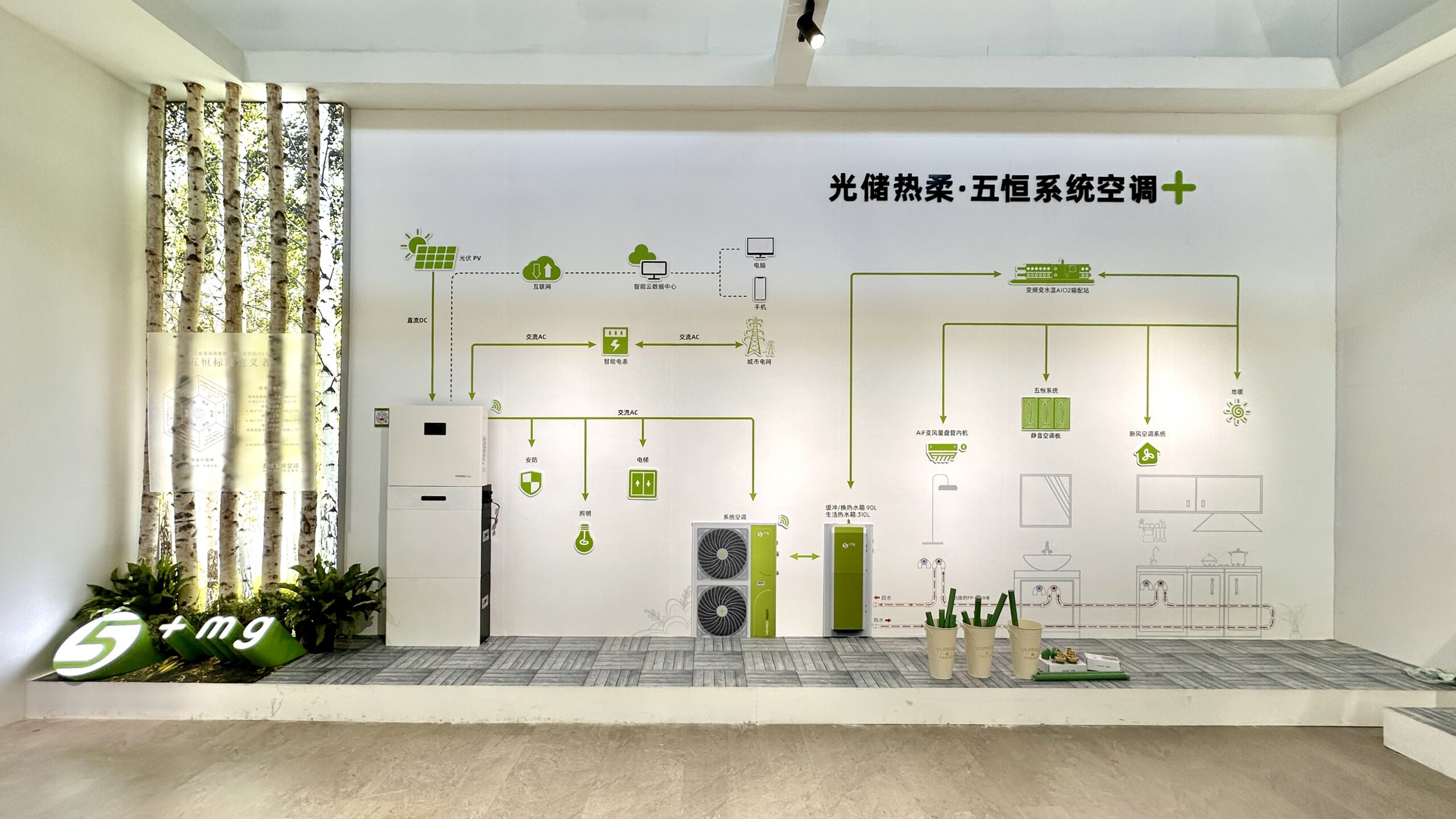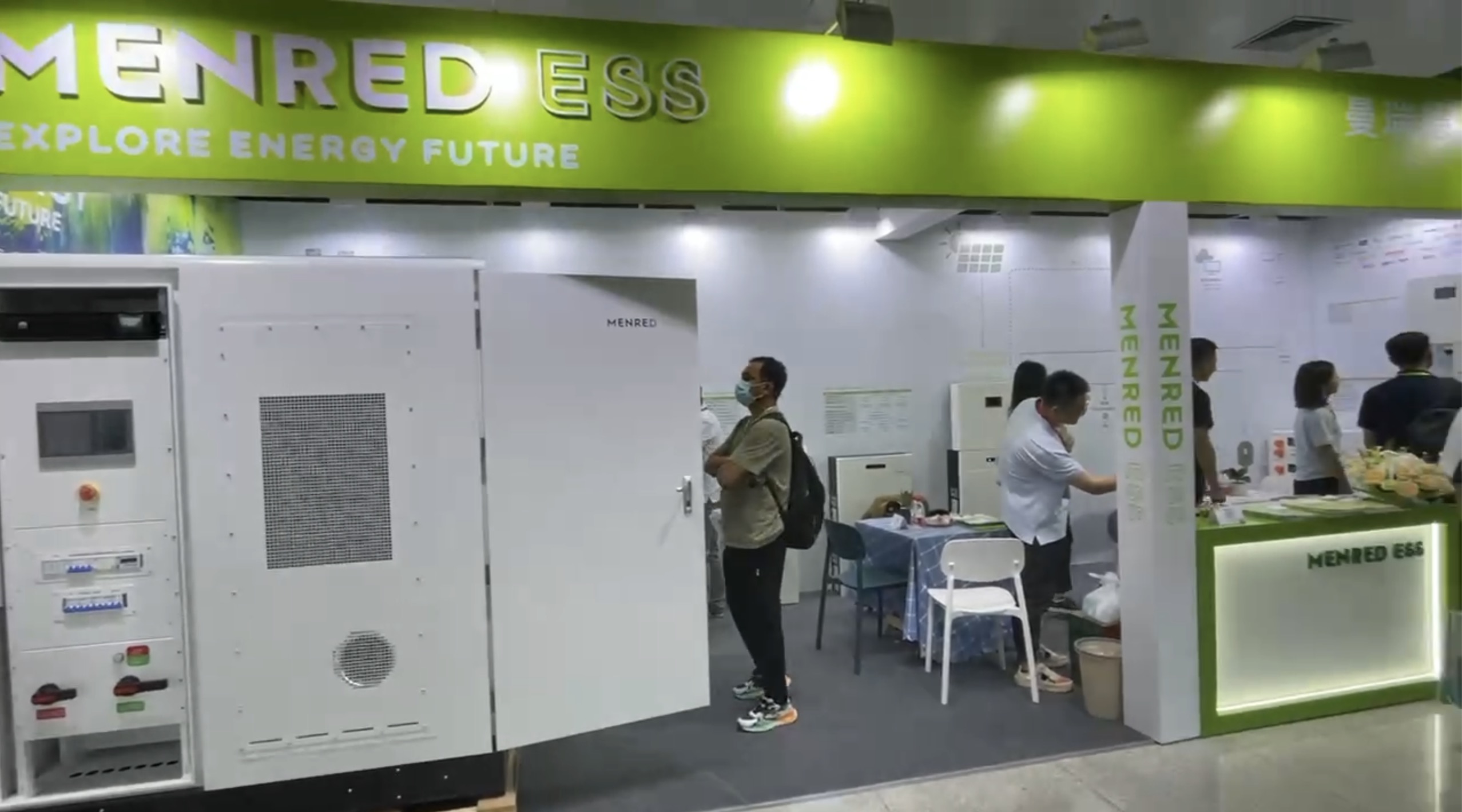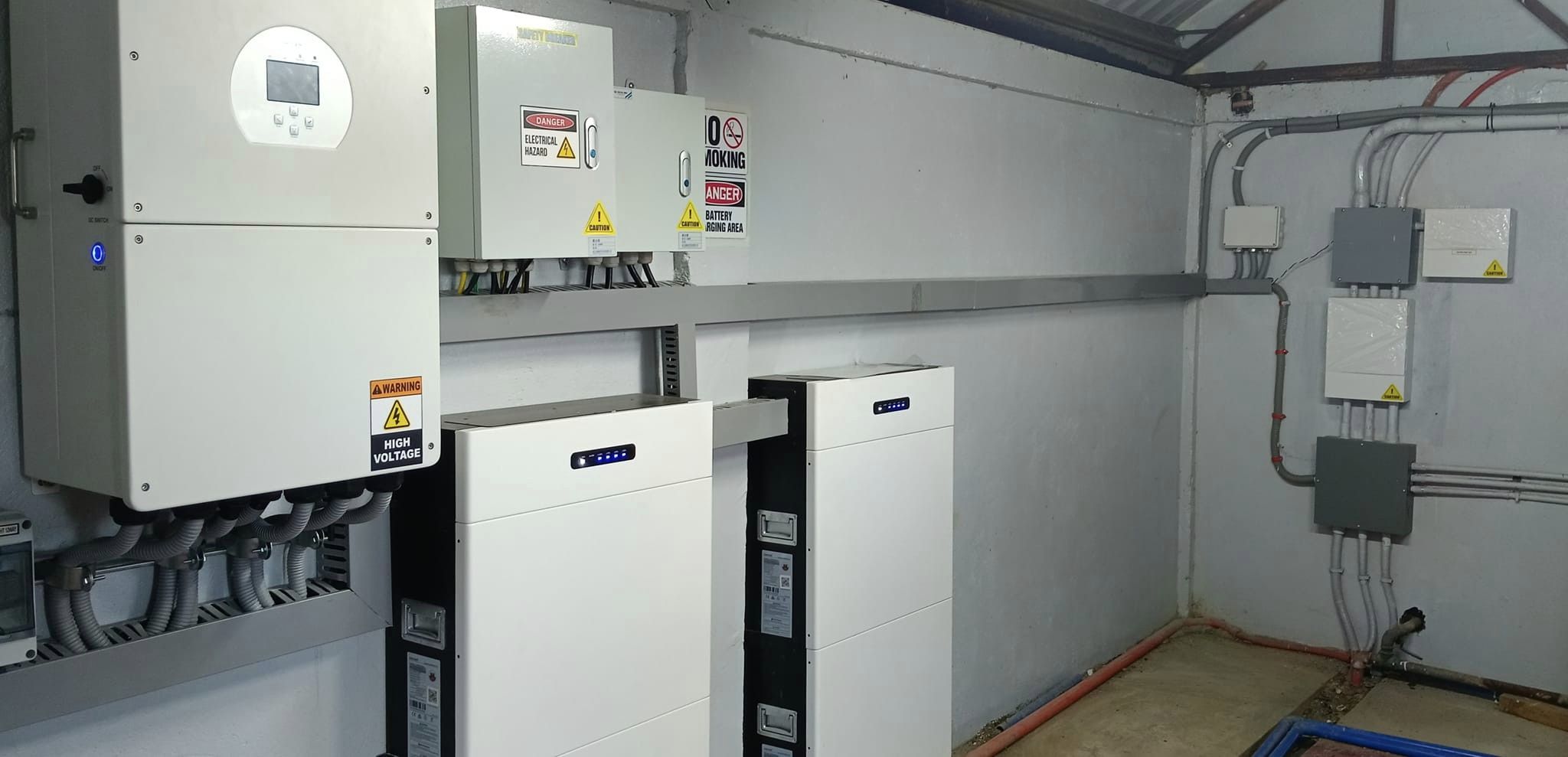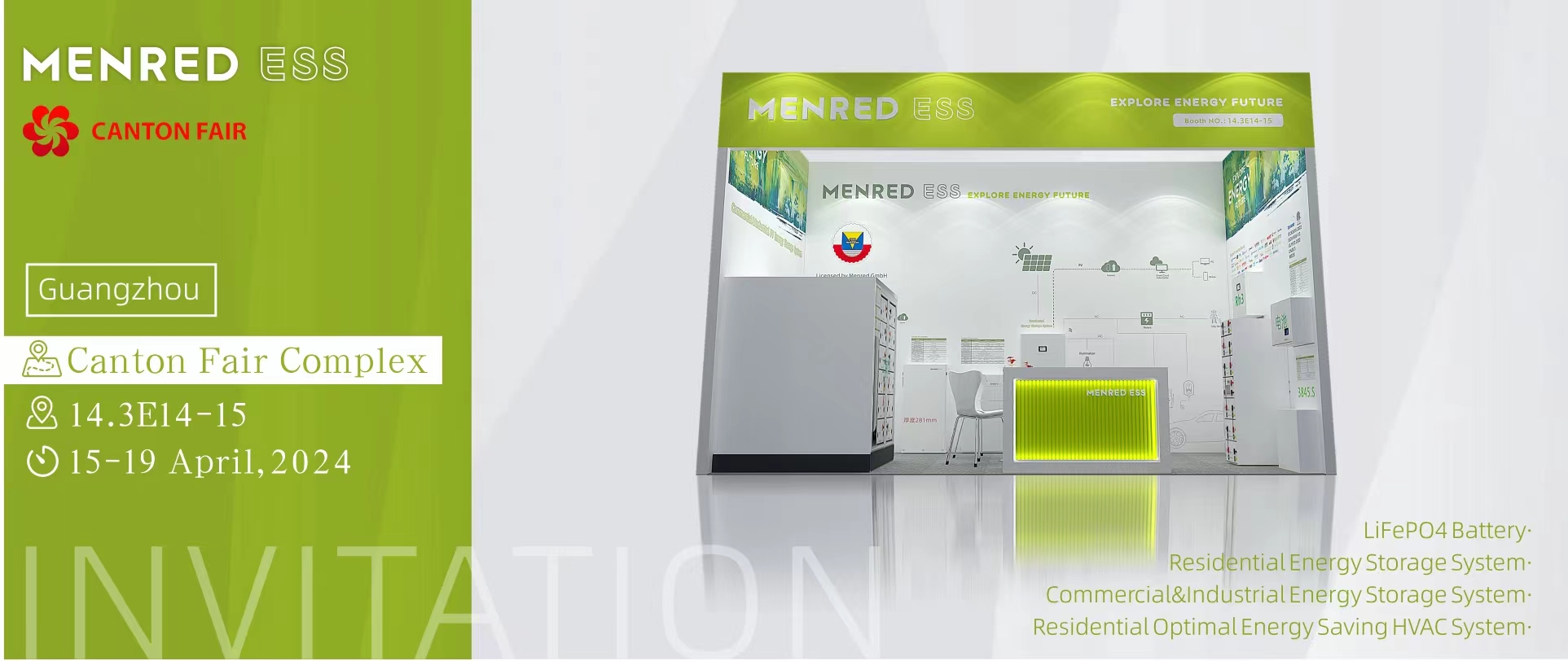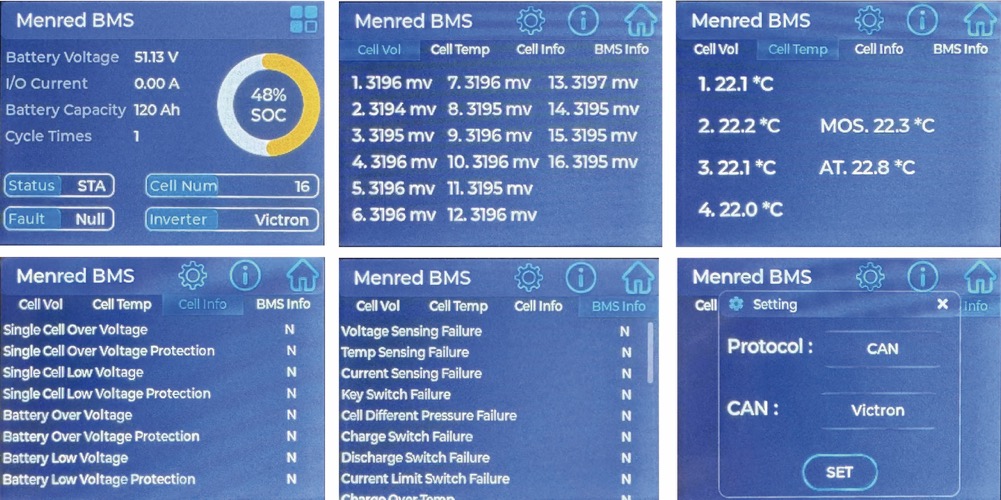As the world becomes more reliant on renewable energy sources, solar energy has become an increasingly popular choice for both residential and commercial applications. However, the challenge with solar energy is that it is not always available when needed, particularly during periods of low sunlight or at night. To address this issue, solar energy storage systems have become an important component of modern solar energy systems.
Solar energy storage systems allow excess energy generated by solar panels to be stored for later use. This allows for a more consistent supply of energy, reducing reliance on the grid during periods of low sunlight or at night. There are several different types of solar energy storage systems available, each with their own strengths and weaknesses.
One of the most common types of solar energy storage systems is battery storage. Batteries store energy in chemical form, allowing it to be released when needed. Lithium-ion batteries are the most commonly used type of battery storage due to their high energy density, long cycle life, and relatively low maintenance requirements. Battery storage is particularly well-suited for residential and commercial applications, where it can be used to power appliances and other electrical devices.
Battery-based solar energy storage systems typically consist of several components, including the batteries themselves, a charge controller, and an inverter. The charge controller regulates the charging of the batteries, while the inverter converts the DC energy stored in the batteries to AC energy that can be used to power appliances and other electrical devices.
One of the primary advantages of battery-based solar energy storage systems is their ability to provide backup power during grid outages or other emergencies. This can be particularly important in areas with unreliable power grids or during natural disasters.
In addition to providing backup power, battery-based solar energy storage systems can also be used to stabilize the grid by providing peak shaving and load shifting. Peak shaving involves using stored energy to reduce peak demand on the grid, while load shifting involves using stored energy to shift energy consumption from periods of high demand to periods of low demand.
Finally, battery-based solar energy storage systems can be used to maximize the value of solar energy systems by allowing excess energy to be stored for later use when energy prices are higher. This can help to reduce reliance on the grid and maximize the financial benefits of solar energy systems.


